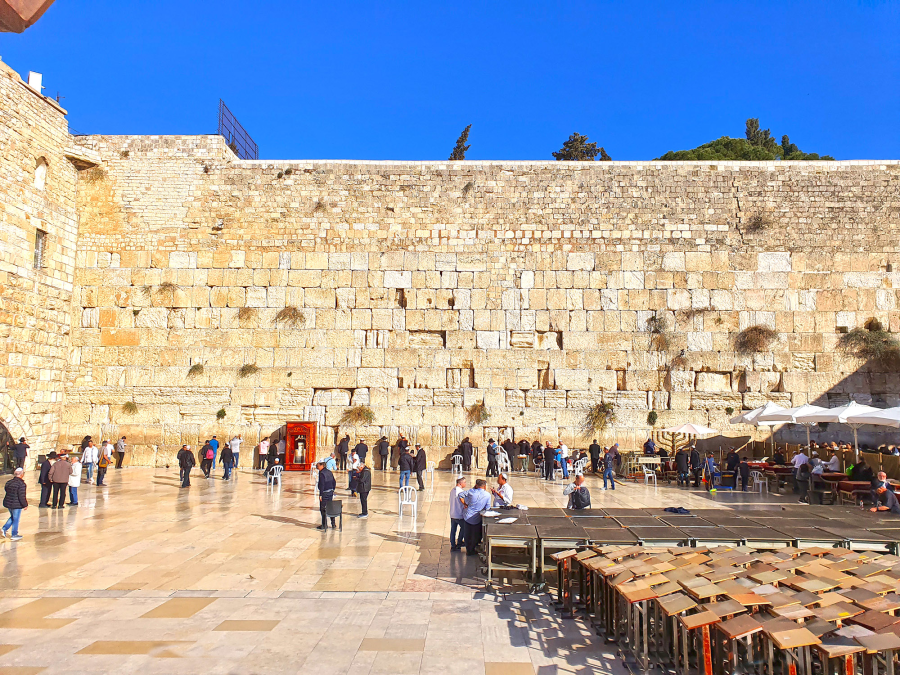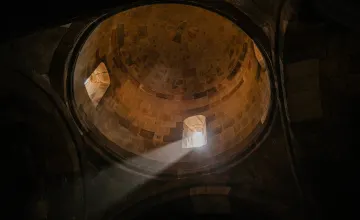The Western Wall Time Line Jerusalem
Jerusalem travel guide1000 BC – Purchasing Mount Moria
King David conquered Jerusalem, which was a Jebusite city located on the Ophel hill, southeast of today’s Old City area. He bought a neighboring hill, which was later identified with Mount Moria (the site of Isaac’s sacrifice), on which he placed the Ark of the Covenant.
950 BC – The Construction of the First Temple
King Solomon, the son of David, built the First Temple on Mount Moria, which known today as the Temple Mount.
586 BC – The Destruction of the First Temple
Nebuchadnezzar, King of Babylon, conquered Jerusalem, burnt the Temple and exiled the Jews to Babylon.
515 BC – The Construction of the Second Temple
In 537 BC, after 50 years in the Babylonian exile, the Jews were allowed to return to Jerusalem and began to rebuild the city and the Temple. The Second Temple was completed in 515 BC.
Model of Second Temple
37- 4 BC – Herod’s Temple Herod the Great was appointed to the King of Judah and begun to reconstruct the Second Temple and to build the Temple Mount. He built an incredibly magnificent temple and a retaining wall around the Temple Mount enclosure.
70 AD – The Destruction of the Second Temple
The Great Revolt of the Jews against the Romans led to the fall of Jerusalem and the destruction of the Temple by Titus. The only remnant left was the western part of the Temple Mount’s retaining wall, which became the focal point of the Jewish people throughout the centuries. The authentic bricks of that wall can be seen at the bottom rows of today’s Western Wall.
May 14, 1948 – The Western Wall Falls to Jordanian Hands
A few hours after the official proclamation of the state of Israel, the Arab armies of the neighboring countries invaded Israel, and the terrible War of Independence begun. The Old City of Jerusalem, with the Western Wall in its center, fell to Jordanian legionnaires.
Western Wall – Virtual Tour
June 7, 1967 – Israel Regains Control of the Western Wall
During the Six Days War and after 19 years, in which the access to the Wall was prevented from the Jews, the Israeli army recaptured the Old City of Jerusalem, and liberated the Western Wall.
The Year 2000 – E-Communication with the Western Wall
Maintaining the old tradition of placing a note with a prayer to God in the Wall’s bricks, the era of High Technology and e-communication provides a virtual answer for those who like to send their prayers to God, without actually visiting the Wall. The believer can now send his request via e-mail or fax and it will be placed between the Wall’s bricks.







